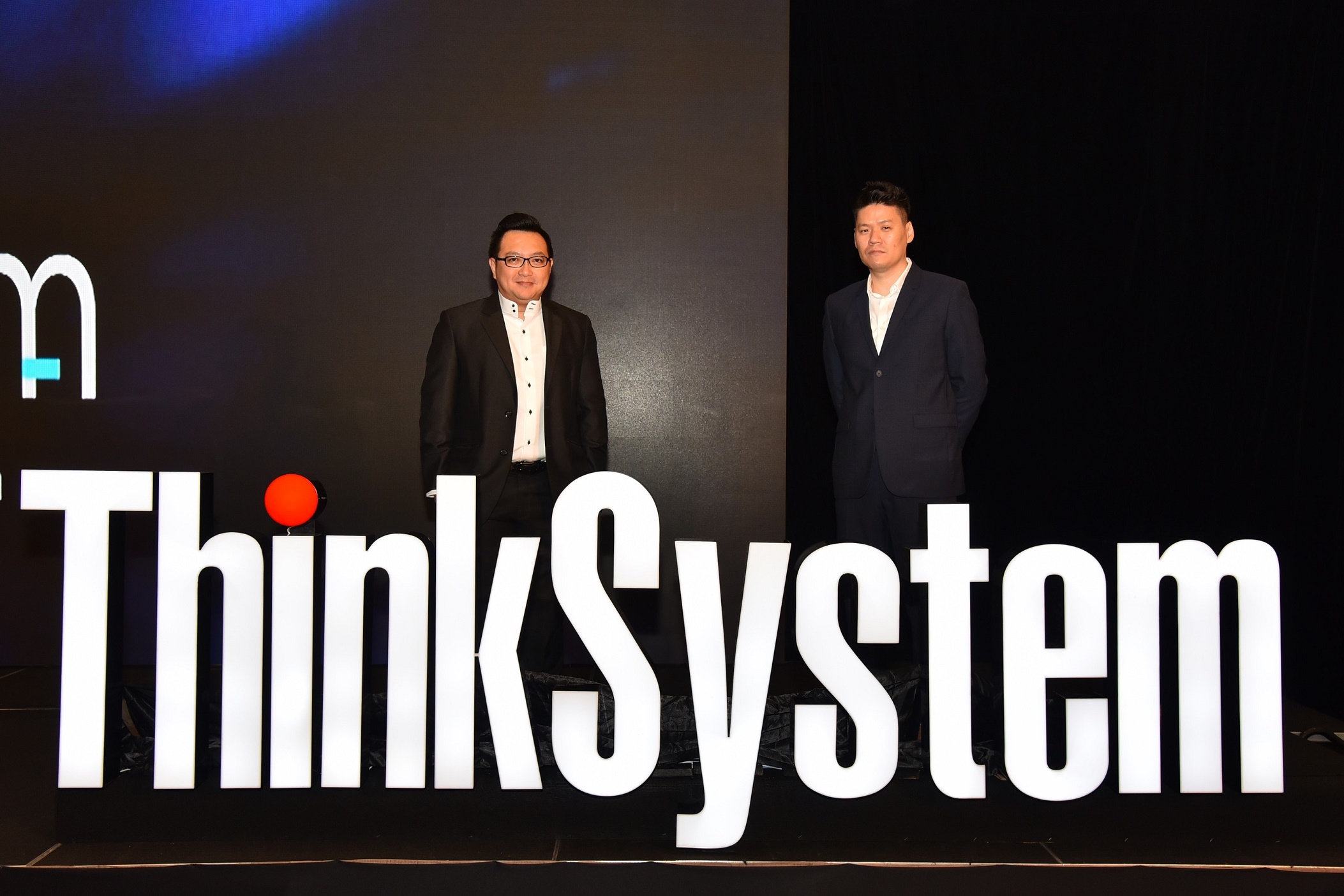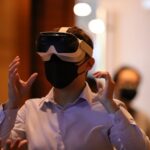Lenovo’s absenteeism from the Malaysian market is about to come to an end. The industry had seen their high-profile acquisition of IBM’s x86 portfolio in September 2014, as their signal to enter the server and data centre markets, catering to businesses’ demand for more computing resources than what Lenovo’s desktop computers can offer.
Sure enough, Lenovo made big strides in the high-performance computing (HPC) space, not long after. Their HPC business grew, but all the inked deals were happening outside of this region of Southeast Asia.
Lenovo ASEAN’s General Manger for their Data Centre Group or DCG, Han Chon, said, “As we transition (to the business market), there has been a challenge to have business conversations (with existing and potential customers).
“We have seen our share of attrition and new workers coming in. More fundamentally, we have to service customers, who were not best served by people (who had been) selling PCs from Lenovo.”
The GM who also admitted they received feedback that customers didn’t know Lenovo was able to do some of the things they were doing, added, “We have been quiet about who we are. It’s time to let the market know, we know what they want.”
With an ecosystem that spans three environments – PC, data centres and mobile – and all of these under a single unified banner, Lenovo believes they are uniquely differentiated in the market.
End of uncertainty
Part of informing the market about Lenovo’s new look and attitude, has been the forming of the new Data Centre Group division. It also comes with its own separate sales and supply chain organisations.
This division became a reality last April, and since then it has been an uphill task reconnecting with their customers.
Han described, “The absentee period is a challenge for us… we lost contact with customers and partners who lost (belief) in Lenovo being able to do the right thing.”
One strategy for winning back trust is by making sure new solutions are not just spin offs of old products, but an absolutely new way of doing things overall, according to Han.
“For example, how to transition out of traditional data centres to something that is simpler and faster. That’s where we want to play.”
ThinkSystems and ThinkAgile are two separate and distinct brands to address the different needs in the market – the former one for traditional data centre equipment which Han admitted is the bigger business, and the latter for solutions that are converged, pre-integrated and pre-installed in the factory.
Han viewed the ThinkAgile portfolio as being able to fulfil pent-up demand. “A lot of customers are holding off buying newer technology, and this Intel Skylake-based announcement can cater for that.”
“There is faster adoption of new tech, so even though there is smaller base (for ThinkAgile), there is higher growth rate for solutions like the software-defined data centre (SDDC), hyperconverged infrastructure (HCI), hybrid cloud, software-defined storage solutions and so on.”
He claimed that ThinkAgile is able to provide new services for business units, 80-percent quicker than the three to six months period it takes now.
Nutanix is a prime partner that Han described extends their HCI offering via Think Agile. “It is gaining good momentum in this part of the world and is showing some strong signs we are a force to be reckoned with.”
Lenovo’s solution pipeline
Lenovo wants in on the cloud game, in Malaysia at least.
Han said “Over 79-percent of customers are thinking about how to adopt cloud. We want to be a part of that.” He also observed that in this part of the world, it is more common for businesses to dip their toes into something like cloud to see what it’s like before going for a full-blown deployment.
Country manager for Lenovo’s DCG in Malaysia, John Boey, said that Lenovo is working on a whole suite of partners to stack systems and solutions for customers. “We are providing roadmaps of what we can do together as a partnership.”
There are also few things in the pipeline for customers in Malaysia.
During a customer event last week, Lenovo DCG had announced five new networking products, and Han highlighted that Lenovo is ready to go to the next level with their HCI offerings, via integration with networking products. “Now, there is a more complete offering on the table, and we want to expand further on this.”
During the same event, a hybrid cloud solution based on Microsoft’s Azure stack was also announced; the Azure stack can be the foundation of a private cloud and also be extended into a public cloud. Han said, Lenovo is one of few tech vendors to sell the Azure stack technology.
The DCG is also doubling down their efforts around HPC and artificial intelligence; environments which are conducive for big dataa and analytics efforts. “A lot of customers are trying to utilise AI around what they do… a lot of companies are starting to get a lot of info. We are getting more focused here to the point we are appointing a separate segment within the DCG for artificial intelligence.”
Boey shared about an AI stack coming during the later part of this year as well, a result of collaboration between Lenovo, data integration, Hadoop and machine learning solutions from the vendors like Talend, Cloudera and more.
In Malaysia, there would be flexibility of working with local partners to put the AI stack together, he also added.








